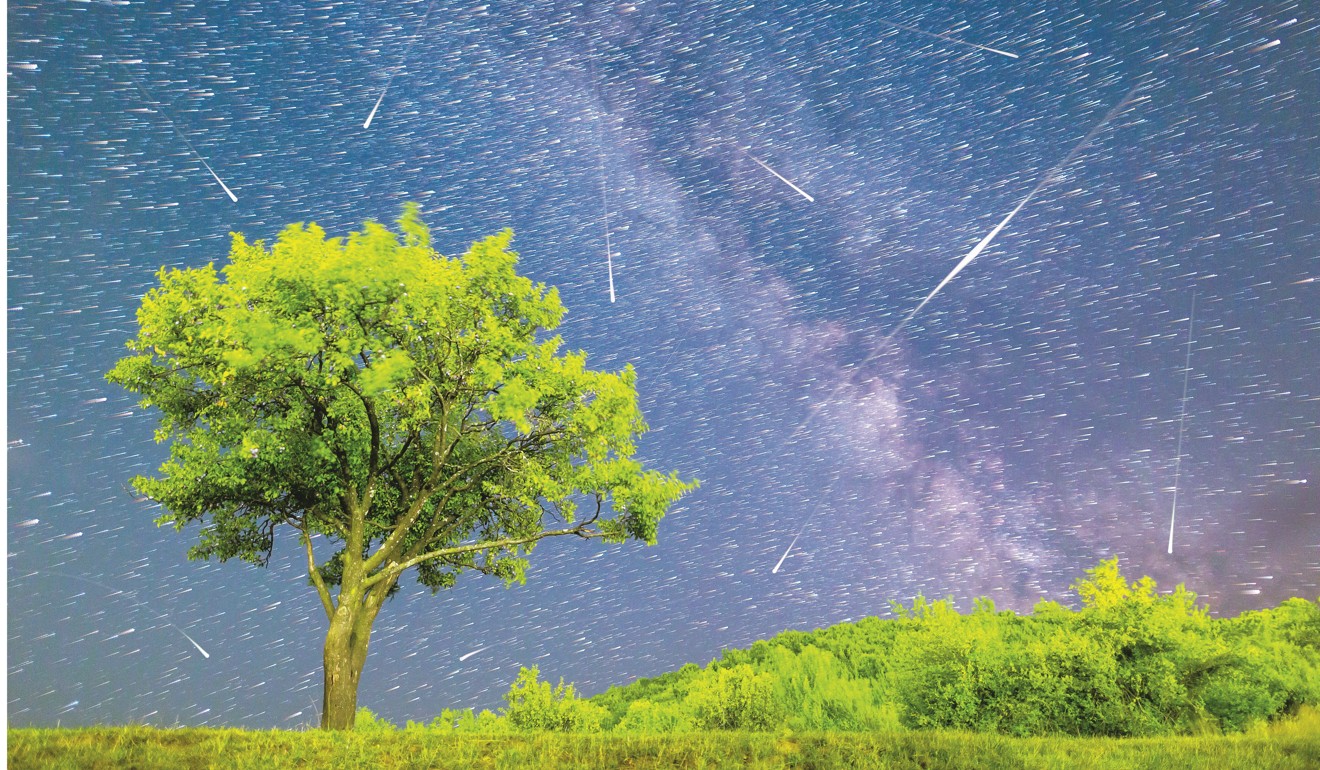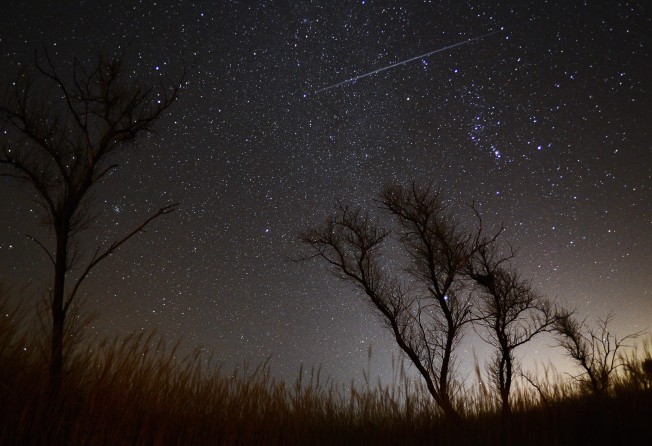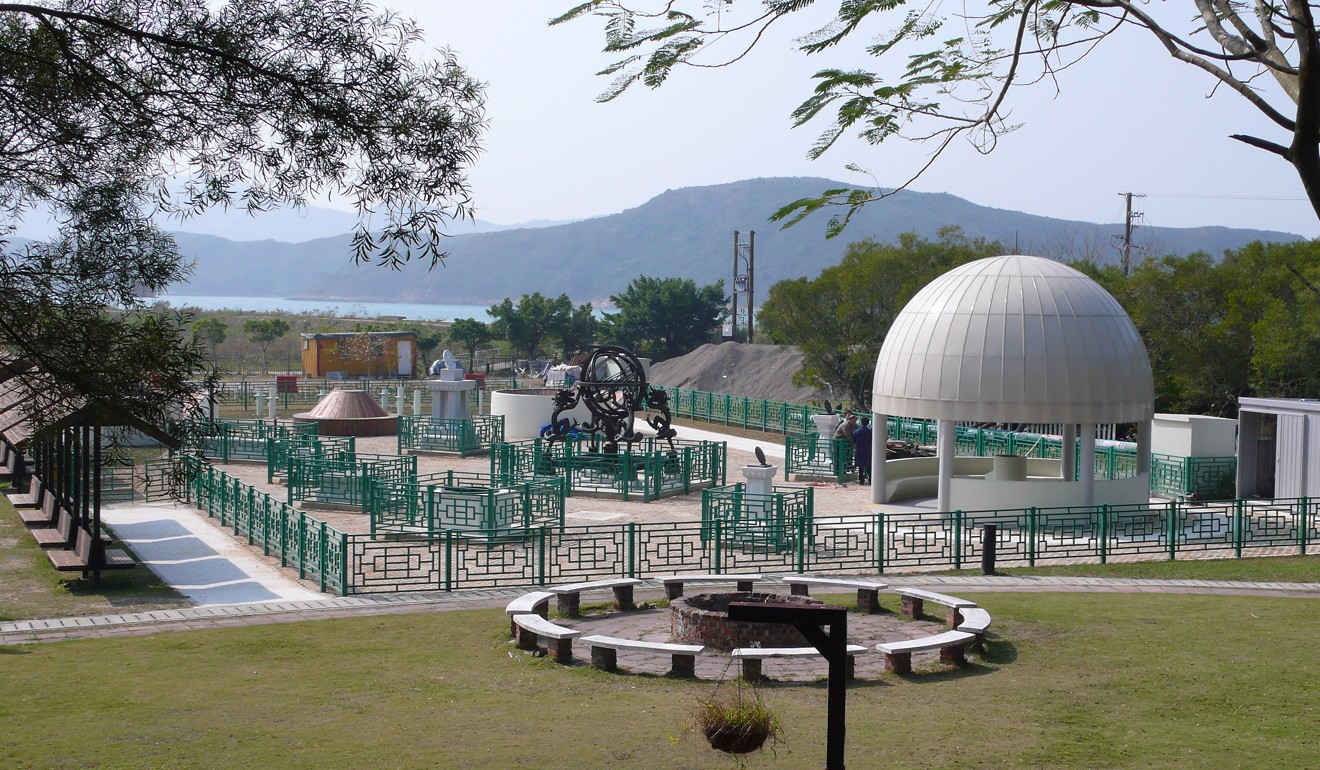
Year’s best shooting stars show: where Hongkongers can watch the Geminid meteor shower
Spectacular 10-night show of shooting stars peaks on the night of Wednesday, December 13, with Sai Kung or Shek O the best places to watch it

Have you ever seen a sky full of shooting stars? It’s unlikely that you have in brightly lit Hong Kong, but there’s a chance coming up next Wednesday night when the Geminid meteor shower reaches its peak. The strongest of all the year’s meteor showers, its stream can produce as many as 120 shooting stars per hour.
Mostly they will be fleeting bright streaks in observers’ peripheral vision lasting only a second or so, but the Geminid meteor shower is also famed for occasionally producing extremely bright, long-lasting trails in the sky known as fireballs or Earth-grazers.

Although the peak of activity is on the night of Wednesday, December 13, and into the small hours of December 14, the Geminid meteor shower begins on December 7, and there will be some activity until December 17.
Since light pollution dulls the visibility of shooting stars,the challenge for observers in urban areas will be to find dark skies. While this isn't usually an easy task in Hong Kong, this year nature is giving a small helping hand. At night, the biggest natural source of light is the moon. It will be waning towards its new moon phase at the time of the meteor shower’s peak, so it won’t interrupt observations.
That doesn’t mean you will be able to see the display at its best from the streets of Hong Kong, however. Hong Kong-based landscape photographer and astrophotographer Timmy Wong recommends observers head to either Sai Kung or Shek O to improve their chances.
“Shek O would be an ideal location for residents of Hong Kong Island, who tend to not travel to Sai Kung,” he says. “At Shek O it’s reasonably dark in the southeast and south direction, and it could be romantic to see the meteor shower at the beach.”
There are also sure to be observers up at Astropark, a Hong Kong Space Museum-operated facility within Chong Hing Water Sports Centre at High Island Reservoir. Other popular places for stargazers near Hong Kong include Plover Cove Reservoir at Tai Mei Tuk, Tai Au Mun near Clear Water Bay, and the south of Lantau Island.

The Geminid meteor shower may be named after the constellation of Gemini, which will be rising in the northeastern sky around 8pm, but there’s no need to find the constellation to see the shooting stars. They can appear anywhere in the night sky, though it’s wise to look generally east, in the centre of the sky (if you’re planning to settle in, a deckchair can help avoid neck ache).
What you absolutely don’t need are binoculars or a telescope, which will narrow your view of the night sky. Between about 11pm and midnight you’ll have the best chance of seeing the meteors as they’ll be crashing into the atmosphere directly above.
If you do venture out, expect to see astrophotographers hoping to capture the event. Wong recommends using a DSLR (digital single-lens reflex) camera equipped with a wide-angle lens and setting it with a large aperture.
“Using an ultra wide-angle lens enables the camera covers a large field of view, which will increase the odds,” he says of trying to capture the fleeting light trails. “Continuous shooting mode with a close cable can make your life easier too.”
Seeing a shooting star is easy – you go out after dark and just keep looking – but it’s an exercise in patience. It also pays to develop and maintain your night vision. You can do this by keeping away from any bright lights for 20 minutes (and, yes, that does include your smartphone), which is enough time for your pupils to dilate sufficiently to see more of the show nature is putting on in the sky above you.